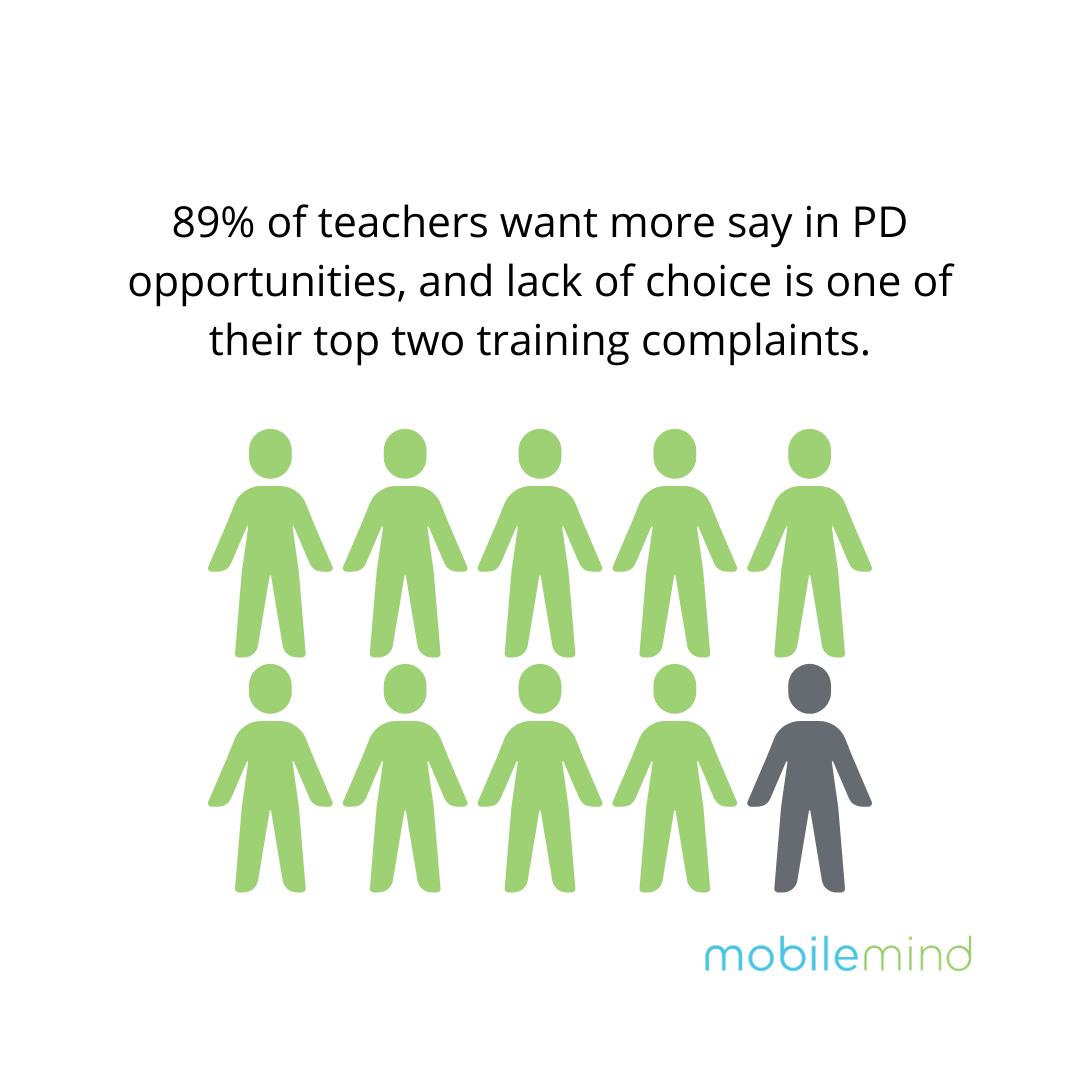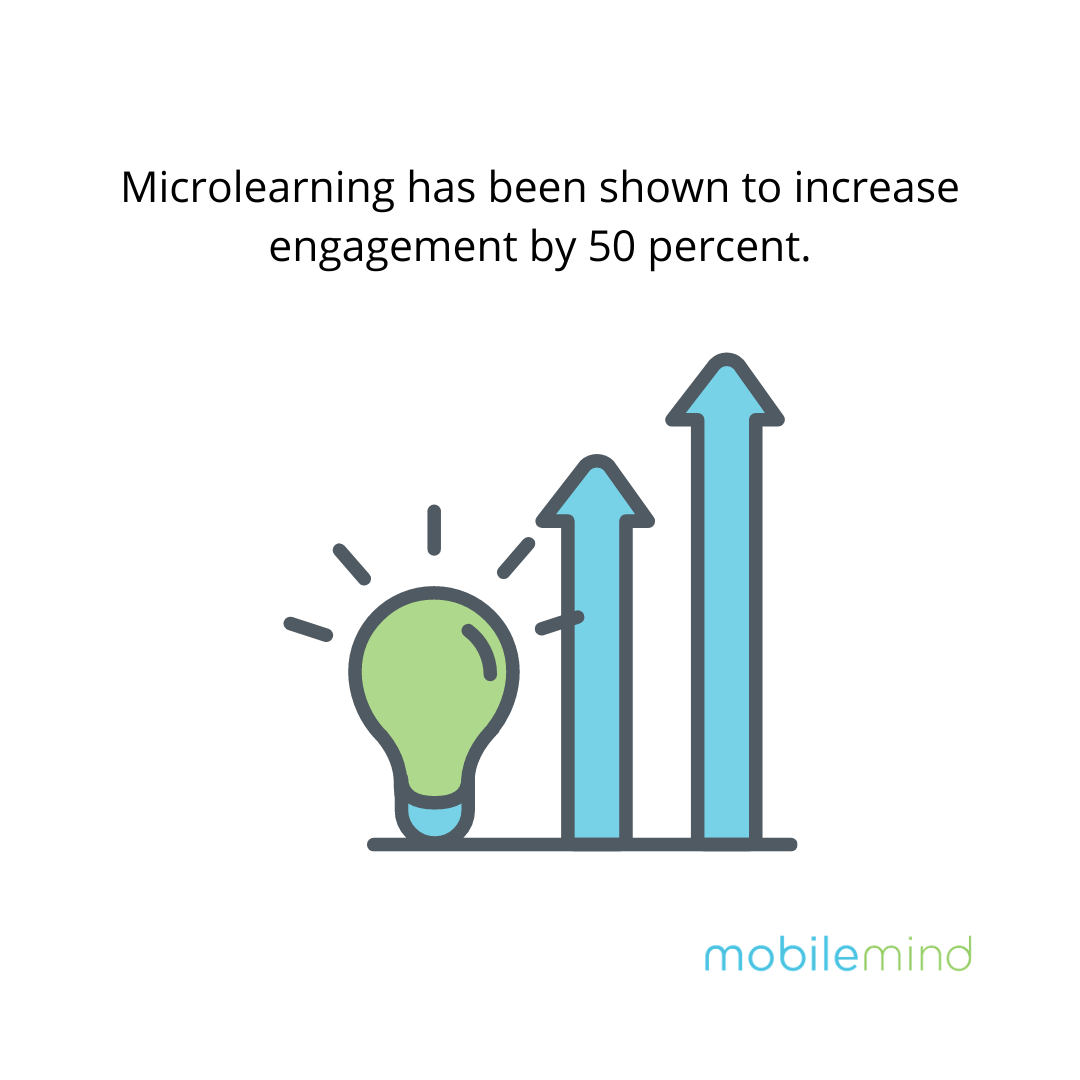Beat Teacher Technology Skill Regression with PD that’s Relevant, Convenient and Engaging
Spurred by pandemic-related school closures, educators adapted to different methods of instruction – like remote learning and hybrid teaching – and have gained valuable technology skills in the process.
As students begin returning to physical campuses, it’s natural that some teachers may lean towards “returning to the old ways” and stop using the new technological skills they attained. This trend can be referred to as teacher skill regression (TSR).
District leaders can prevent teacher skill regression by providing professional development opportunities that prioritize connection, convenience and culture.
Connect and personalize professional development
Seek out professional development that’s immediately relevant and valuable to educators and support staff. This means providing PD that is directly connected to each teacher’s role, skill level, and individual learning goals.
Offering voice and choice isn’t just effective for engaging students; it’s also a great strategy for connecting with teachers.
Consider the following excerpt from Future Ready Schools:
“Successful school leaders model effective professional learning by offering choice and voice when leading teachers; they also empower teachers to lead throughout the process. Teacher choice and voice are essential characteristics of a school’s professional development framework. Both are critical to promoting self-directed learning as well as a bias toward action. In a system designed to advance choice and voice, teachers enjoy and benefit from driving their own learning in response to students’ needs. “
District leaders are encouraged to empower educators by letting them voice their PD preferences and personalize their learning experience.
Offer professional development that’s convenient
Educational models were evolving prior to the pandemic – a trend that’s only accelerating now. Teachers are facing unique challenges and might be feeling overwhelmed. It has never been more crucial to ensure access to agile, flexible professional development.
Providing on-demand, bite-sized training modules is an easy way to provide convenience to educators, given their already-packed schedules. Micro-learning and micro-credentialing opportunities are easier to fit into a teacher’s busy day, and often result in a higher rate of engagement.
Build a culture of continuous growth
District and school leaders can build a culture of continuous growth by celebrating teachers’ progress, awarding badges and offering consistent encouragement. Many districts are reaping the benefits of gamified PD, as explained in this brief from K-12 Dive. Fun, engaging PD not only increases teacher retention, it also strengthens community.
Every MobileMind course is built to adapt to educators’ specific needs, celebrating learning and achievements along the way. We use features like human feedback, leaderboards, badging and certificates to make teacher training feel less like a chore, and more like an opportunity to grow.
Gain (and retain) technology skills with the right PD
Educators pivoted and adapted throughout the pandemic, gaining invaluable skills along the way. Professional development that’s relevant, manageable, and practical can help new technology and instructional skills stick.
District leaders are encouraged to reinvest in their staff and take steps to avoid teacher skill regression by focusing on connection, convenience and culture. MobileMind HQ supports these “three C’s of PD” to help educators confidently infuse technology in any environment, whether remote, hybrid or in-person.






